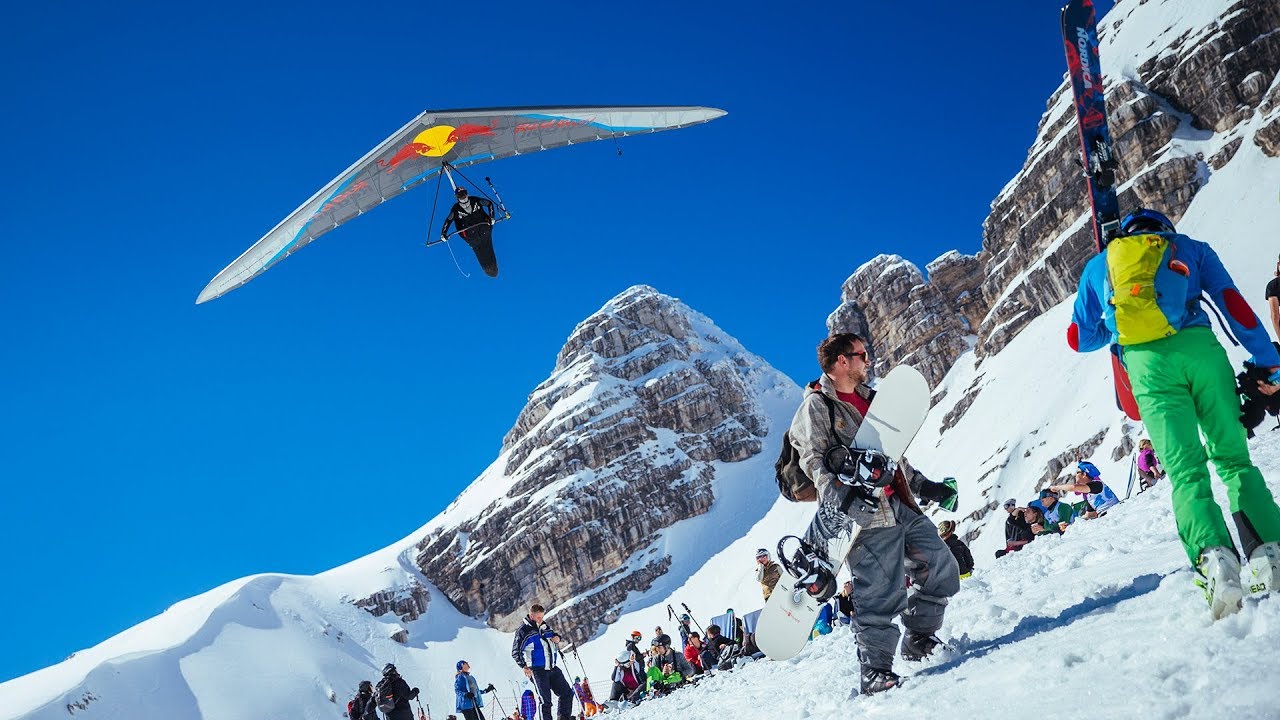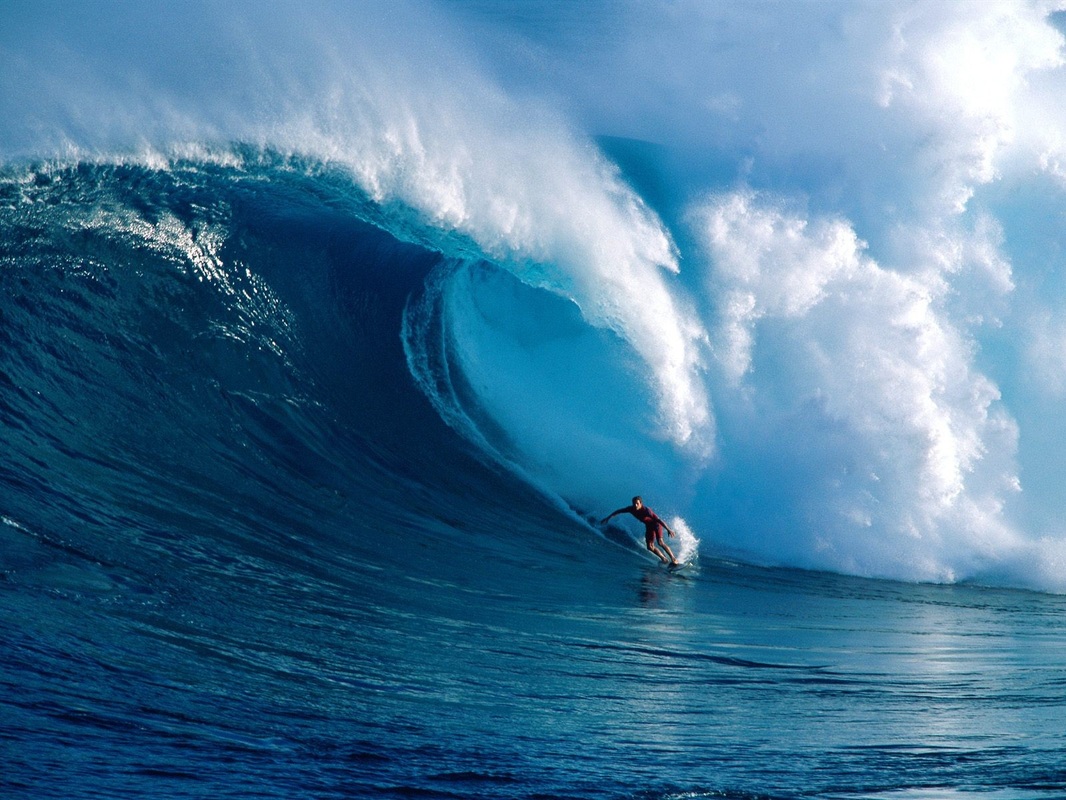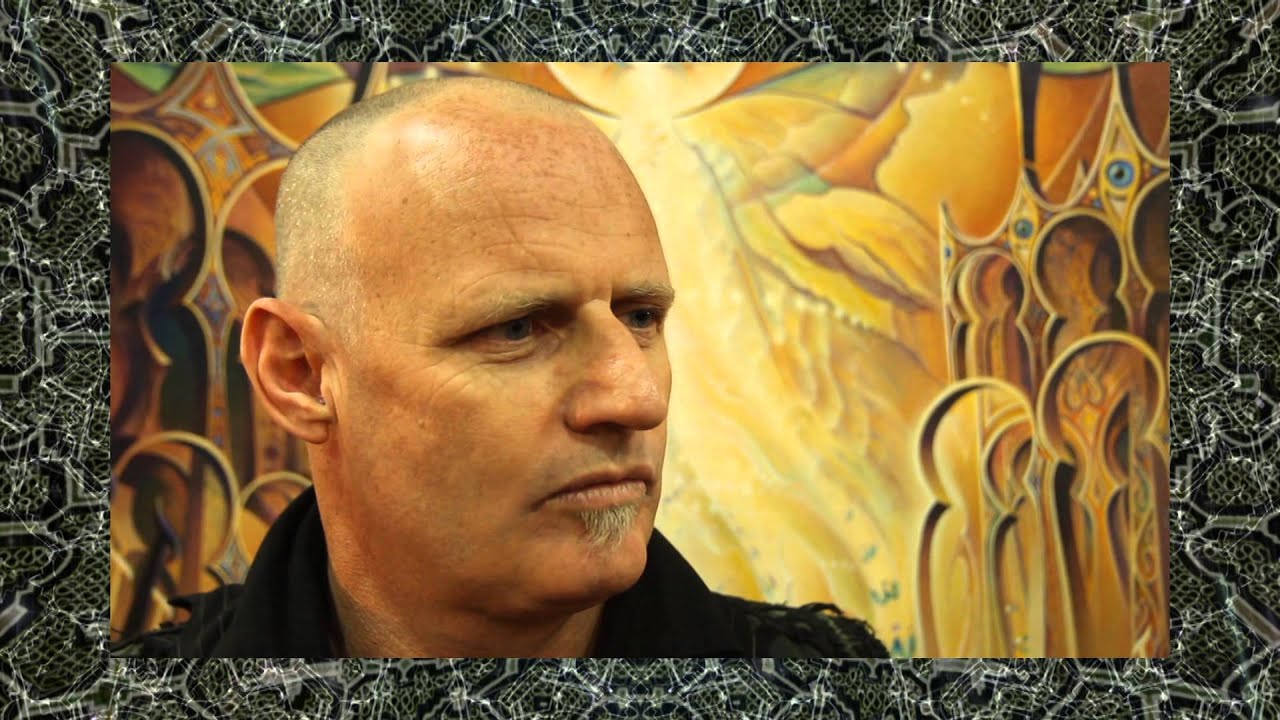mr peabody
Bluelight Crew
- Joined
- Aug 31, 2016
- Messages
- 5,714
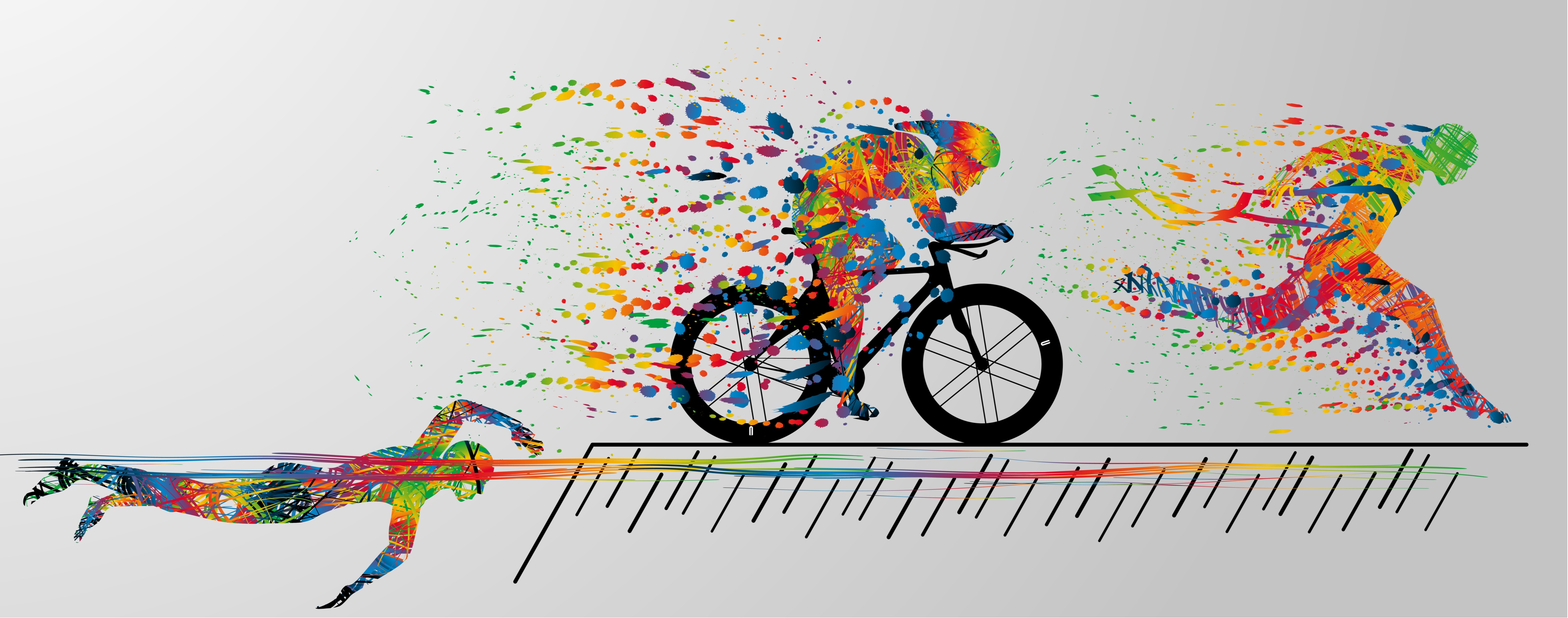
Psychedelics and endurance sports: Increased energy and reduced fatigue?
by Nate Seltenrich | Psychedelic Science Review | 15 May 2020
One mechanism of action may be similar to taking amphetamines.
While anecdotal reports indicate psychedelics are useful in artistic and meditative pursuits, users have also reported them beneficial for physical activities dependent on alertness, awareness, and the rapid processing of sensory data — everything from climbing rock pitches to pitching in pro baseball, it seems.
But in recent years, accounts have surfaced on internet forums of psychedelics offering a different sort of benefit for exercise: increased energy and reduced fatigue during endurance sports like cycling and running.
While the scientific literature is lacking in empirical studies examining the effects of psychedelics on aerobic exercise, experts suggest there are several possible mechanisms — including the placebo effect — that may describe these users’ experiences.
What the experts are saying
In his comprehensive and widely cited 2016 overview of psychedelic science in the journal Pharmacological Reviews, researcher Dr. David Nichols of the University of North Carolina addresses the effects of psychedelics on brain function, sleep, time perception, and visual perception — but nothing related to endurance.
By email, Nichols confirmed he was unaware of any studies to date focused on this research question in humans. He did, however, suggest a potential mechanism for increased energy and stamina based on previous findings in animal models: dopamine.
“Locomotor activity in rodents is generally a product of increased activity in dopaminergic areas of the brain,” Nichols said.
"Psychedelics can turn off inhibitory GABA pathways that suppress dopaminergic tone. So dopaminergic activity is disinhibited, and the effect is similar to what happens if you take an amphetamine."
More generally, research in sports physiology has shown that perceived effort, fatigue, and energy levels — especially in endurance sports — are tightly metered and mediated by the brain. Performance isn’t as closely linked to purely physiological parameters such as VO2 max and lactate threshold as researchers once thought.
In his 2018 book Endure: Mind, Body, and the Curiously Elastic Limits of Human Performance, journalist and author Alex Hutchinson argues that runners and cyclists are far more beholden to brain chemistry than they often acknowledge. For example, even elite athletes during serious competition have been shown to accelerate — not slow, as expected — toward the end of a race, suggesting they were subconsciously holding back until the effort was almost over.
Hutchinson cites the work of researchers like Romain Meeusen, a professor of human physiology at Vrije Universiteit Brussel in Belgium, who has shown that brain chemistry is involved in the regulation of fatigue during prolonged exercise — with the neurotransmitters serotonin and dopamine (mimicked by “classic” psychedelics and mescaline, respectively) both playing important roles.
“There’s no doubt that perception of effort is mediated by the brain, even though many of the inputs — temperature, heart rate, oxygen levels, and so on — are coming from elsewhere in the body,” Hutchinson wrote in an email. “And in endurance sports, if you can change perception of effort, you can change your performance. So the idea that psychedelics might boost performance isn’t totally outlandish.”
Meeusen’s team has tried — unsuccessfully, it seems — to improve physical performance during exercise through nutritional manipulation of neurotransmitter systems. But he hasn’t tested psychedelics yet, he acknowledged when contacted by Psychedelic Science Review.
Possible role of the DMN
There is a yet another potential mechanism more germane to psychedelics that could be involved, at least in theory. Extensive research has shown that activity in the default mode network (DMN) of the brain is reduced after ingestion or injection of psychedelic drugs. The DMN, as we now know, is associated with introspective and self-reflective thought. Additionally, activity in the DMN is often inversely correlated with that of nearby networks geared toward task completion.
If the DMN is tamped down by a psychedelic during exercise, and task-oriented networks amplified, could the result be an athlete who is less likely to dwell on discomfort or self-doubt and more likely to be laser-focused on the job at hand — all while being energized or at least distracted by a heightened sensory experience?
In her 2019 book The Joy of Movement: How Exercise Helps Us Find Happiness, Hope, Connection, and Courage, author Kelly McGonigal notes that studies have shown that exercise (particularly in green spaces like parks) can reduce activity in the DMN, just like psychedelics.
“If you focus on what is unique about green exercise, the class of drugs it most closely resembles is the entheogen, a category that includes psilocybin, ayahuasca, and LSD,” McGonigal writes in her book. “Like green exercise, these drugs alter consciousness by temporarily reorganizing the default state.” So perhaps there is some synergy in play.
Is it the placebo effect?
Or could all this be the result of the placebo effect — more cynically, an imaginary phenomenon — engendered by some people’s desire to perform better, or at least to feel better, after taking a small dose of a psychedelic? Even given all the potential mechanisms seemingly available to explain away claims on internet message boards, Hutchinson wouldn’t rule that out. At least until some treadmill tests have been run.
“There’s a difference between saying something is theoretically possible and showing something is actually true. And to make that jump requires more than anecdotes and subjective impressions,” he writes. “So to me, until proven otherwise, psychedelics are in the same category as all the supplements and wearable gadgets that I get press releases about: it’s an interesting idea, but nothing more until proven otherwise.”
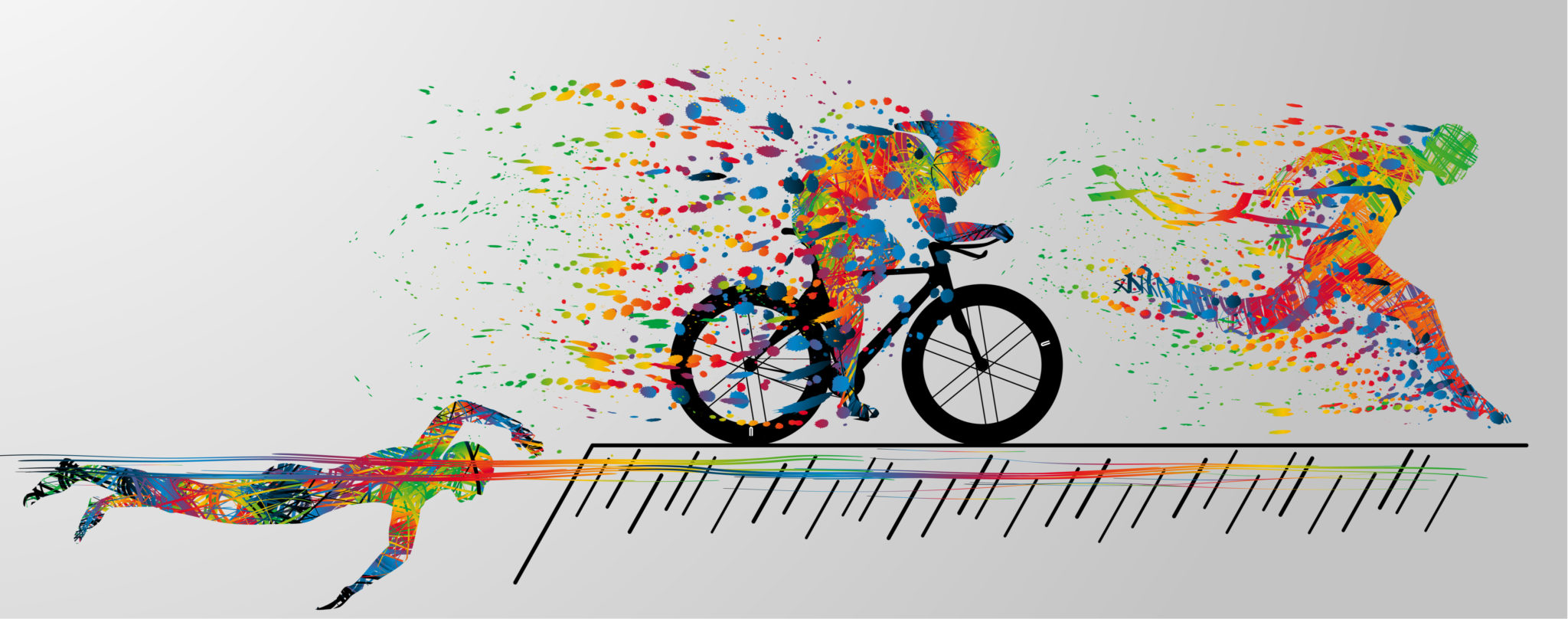
Psychedelics and Endurance Sports: Increased Energy and Reduced Fatigue?
In recent years, accounts have surfaced of psychedelics offering increased energy and reduced fatigue during endurance sports like cycling and running.
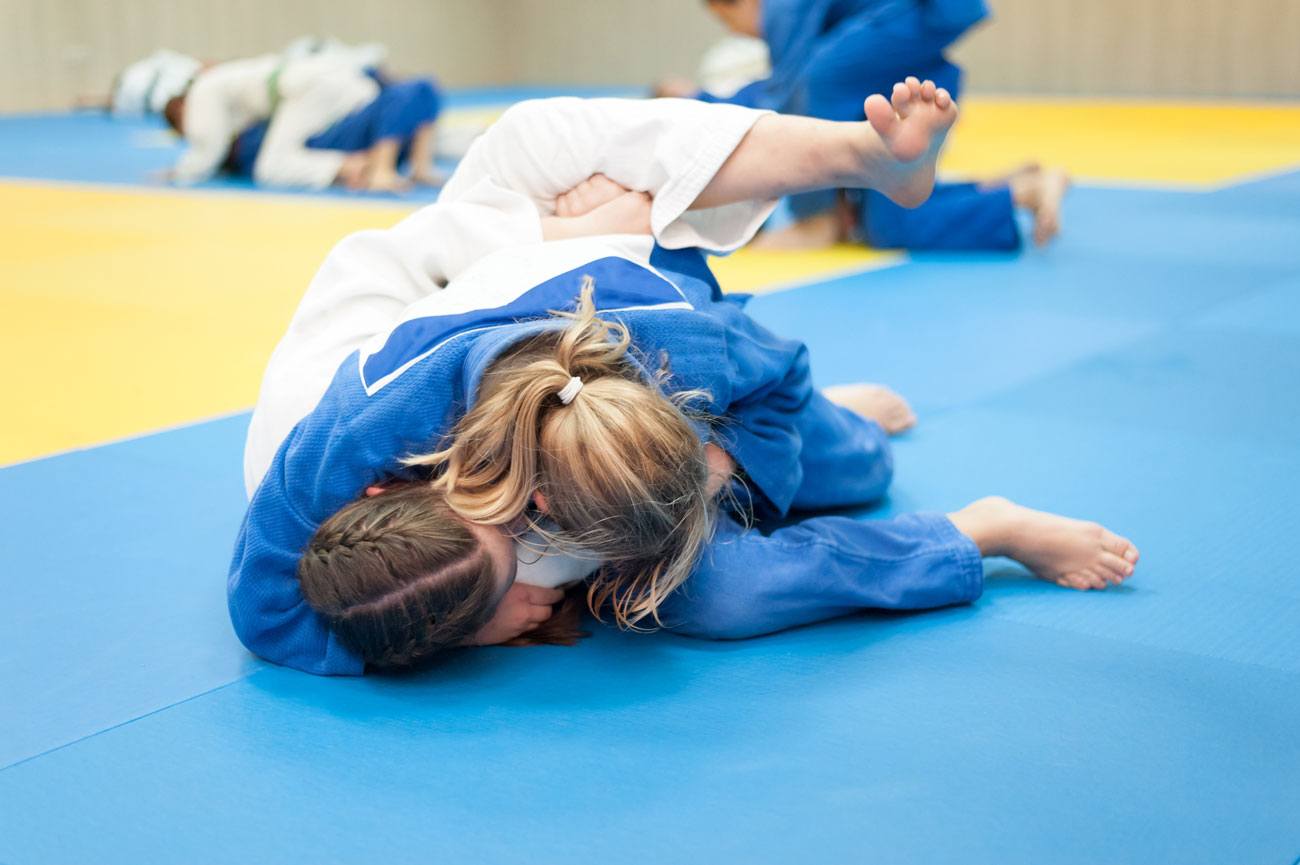
Psychedelics as a performance-enhancer in athletics
by Shane O'Connor | Psychedelic Science Review | 8 May 2019
A look into the cognitive-enhancing effects of psychedelics in sports.
It’s a game of inches in the world of elite level, high stakes sports and many are willing to trade sportsmanship for glory. When the topic of Performance-Enhancing Drugs (PEDs) appears in the media, the discussion usually focuses on cases such as the state-sponsored doping program carried out by the Russian Olympic Committee, as depicted in the documentary Icarus, or the monumental fall from grace of former Tour de France “winner,” Lance Armstrong.
Erythropoietin (EPO) is probably the most well-known PED, due to its association with Lance Armstrong. EPO increases red blood cell (RBC) count in the body. Increasing RBC results in a higher rate of oxygen delivery from the lungs to the muscles, improving an athlete’s endurance and aerobic capacity (VO2 max). PEDs of past and present are formulated to give athletes an unfair psychical edge over their competitors; could PEDs of the future endow athletes with a cognitive advantage?
New perceptions
The terms psychedelics and PEDs are rarely associated with one another. In fact, for many years the conventional wisdom was that psychedelic usage “fries your brain,” thanks in part to public service campaigns aired in the eighties and nineties. However, recent studies into the benefits “microdosing” psychedelics suggest that the molecules may act as cognitive enhancers.
Microdosing is a process whereby individuals take psychedelics at doses lower than the threshold for a fully immersive psychedelic experience. These doses can be as low as 1/20th of a “normal” recreational dose. Thanks to the resurgence of interest and support for psychedelic research, academic institutions have begun to study the effects of microdosing. In a recent study conducted by the University of Leiden, researchers observed that microdosing psilocybin (the active ingredient in “magic mushrooms”) promoted cognitive flexibility, in turn increasing divergent and convergent thinking. How could this increase in cognitive flexibility endow an athlete with a competitive edge in sports?
Athlete’s anecdotes
In an article written for the Multidisciplinary Association for Psychedelics Studies (MAPS), athlete and author James Oroc discusses the prevalence of psychedelics usage at “psycholytic” doses among winter sports athletes. The term psycholytic dose refers to low, sub-threshold doses. Oroc is, in essence, describing microdosing. “Virtually all athletes who learn to use LSD at psycholytic dosages believe that the use of these compounds improves both their stamina and ability,” writes Oroc. Many athletes report improvements in balance, reflexes and concentration, along with the ability to overcome fatigue and altitude sickness. Interestingly, they liken the experience to being in a “flow-state” or being “in the zone.” Users report that time appears to slow down and that they become capable of “instantaneous feats of non-thinking coordination.”
Former Pittsburgh Pirate’s pitcher, Dock Ellis, claimed to have had experienced a psychedelic-induced flow state. On June 12th, 1970, Ellis threw a no-hitter against the San Diego Padres while under the influence of LSD. Ellis commented, “I can only remember bits and pieces of the game. I was psyched. I had a feeling of euphoria. I was zeroed in on the catcher’s glove.”
Another area of intrigue is the recent rise in popularity of marijuana usage in Brazilian Jiu-Jitsu (BJJ). While marijuana does not fall under the category of psychedelics, it is a psychotropic drug (a drug capable of affecting the mind, emotions, and behaviour). BJJ players report similar improvements in cognitive flexibility when they use marijuana before competing. BJJ is a highly cerebral martial art that focuses on grappling with particular emphasis on ground fighting. Practitioners and advocates of the sport often liken it to a game of chess rather than a street brawl. In an article written for BJJ world, journalist and BJJ practitioner Ognen Dzabirski writes, “Another thing weed and Jiu-Jitsu have in common is flow. Being high and rolling (sparring) are tightly related to the flow state. Weed helps your mind get into that “flow zone” where your rolls are seamless and just keep on going. It is Jiu-Jitsu at it’s finest and weed is a great way to find your flow.”
Regulatory questions
At present, psychedelics do not appear on the World Anti-Doping Agency’s (WADA) list of banned substances. The absence of psychedelics from the list presumably has to do with the lack of robust, scientific studies into their effects as PEDs. Interestingly, cannabinoids such as D9-tetrahydrocannabinol (the psychoactive constituent of the cannabis plant) are prohibited. According to the United State’s Anti-Doping Agency’s (USADA) website, cannabinoids are viewed as a performance-enhancers since they can cause “muscle relaxation and reduce pain during post-workout recovery. It can also decrease anxiety and tension, resulting in better sports performance under pressure. Also, cannabis can increase focus and risk-taking behaviours, allowing athletes to forget bad falls or previous trauma in sport, and push themselves past those fears in competition.” This statement correlates with the anecdotal reports given by athletes on the performance-enhancing effects of psychedelics. One could postulate that if the athlete’s claims regarding the benefits of psychedelics are eventually verified by scientific studies, they may be viewed by doping agencies in the same light as cannabinoids.
Currently, WADA may grant a Therapeutic Use Exemption (TUE) to athletes using medical marijuana while competing. TUEs are decided on a case by case basis and are usually only given to athletes using medical marijuana to treat quite severe conditions, i.e. in those suffering from neuropathic pain. In recent years, there has been increased interest in research concerning the therapeutic effects of psychedelics in a multitude of affective disorders. It may be the case that athletes could apply for TUE while using psychedelics, should scientists elucidate the therapeutic benefits of these drugs.
Summary
A caveat to this article is that most, if not all, of the evidence provided, is anecdotal. Very little peer-reviewed, robust scientific literature exists on the topic of psychedelics as PEDs. The majority of discussion concerning this theme takes place on internet forums and message boards, such as Reddit. Understandably, the majority of research efforts are focused on the elucidation of the potential therapeutic benefits of psychedelics. While the Leiden University study mentioned at the beginning of this article has its limitations (i.e. absence of placebo group, the reliance on online questionnaires), it serves as a starting point for a more rigorous investigation into the subject matter. In the coming decades, the world may see a new breed of athlete, one who possesses a cognitive edge over their competition, thanks to mechanisms of action of psychedelics PEDs.
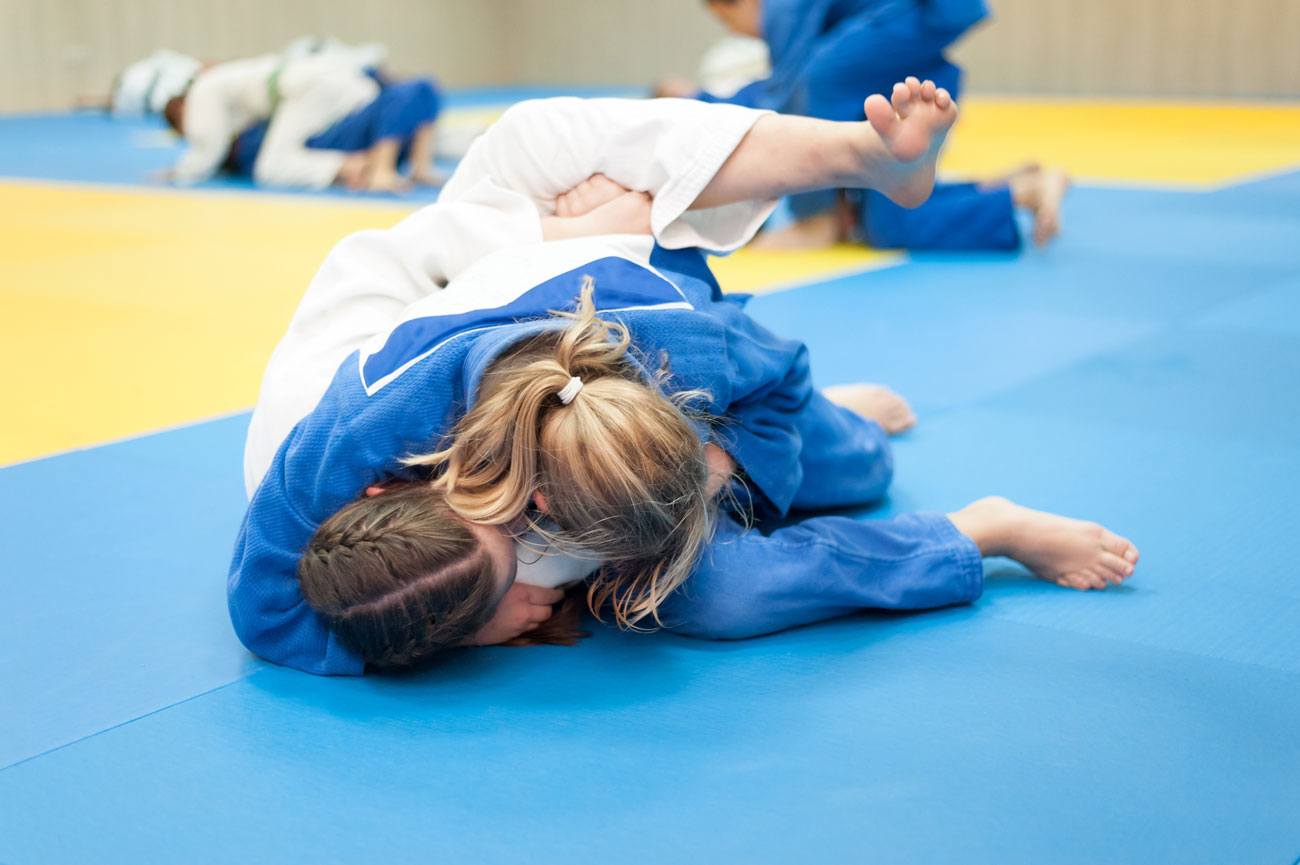
Psychedelics as a Performance-Enhancer in Athletics
A look into the cognitive-enhancing effects of psychedelics in sports.
Last edited:


